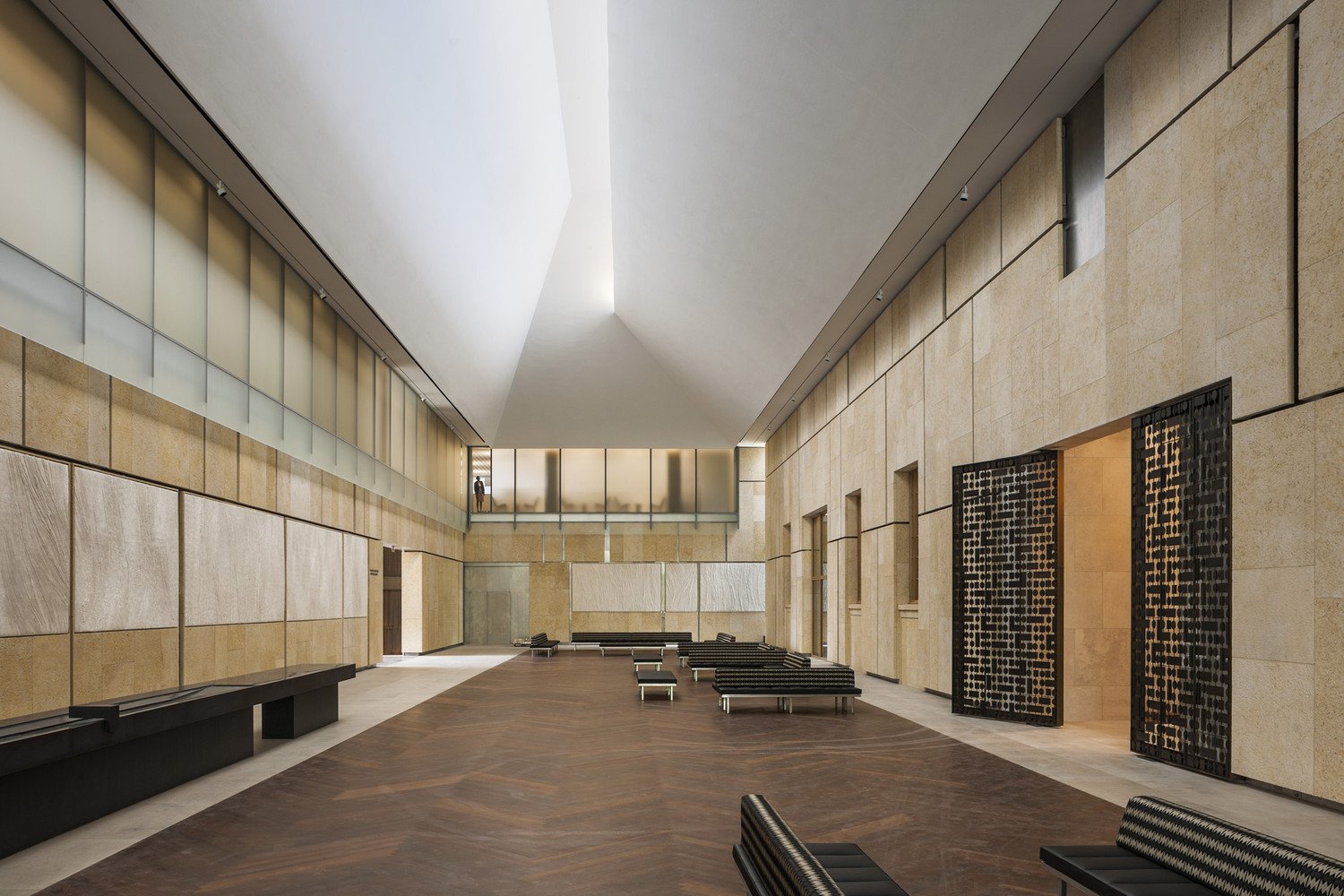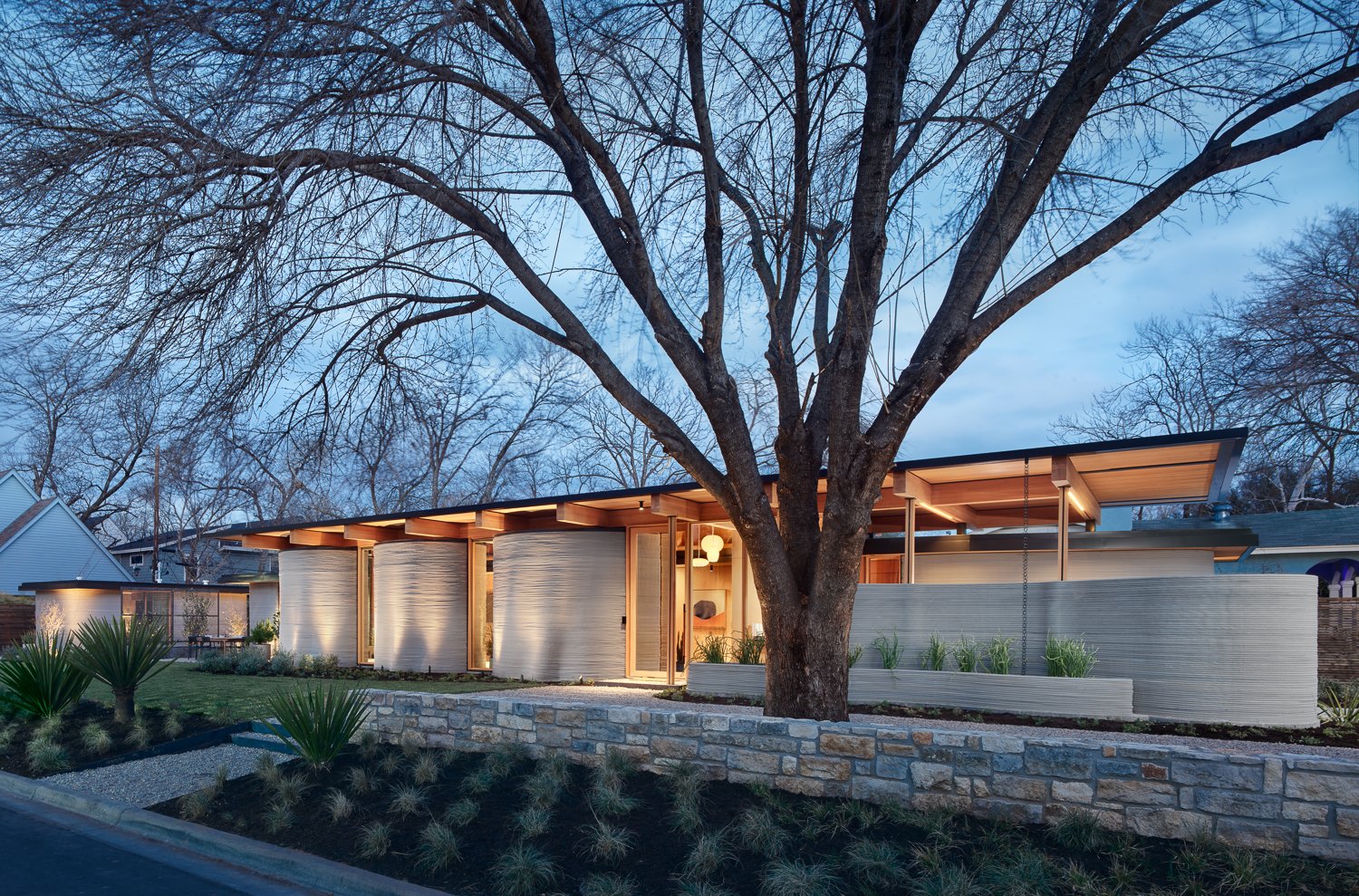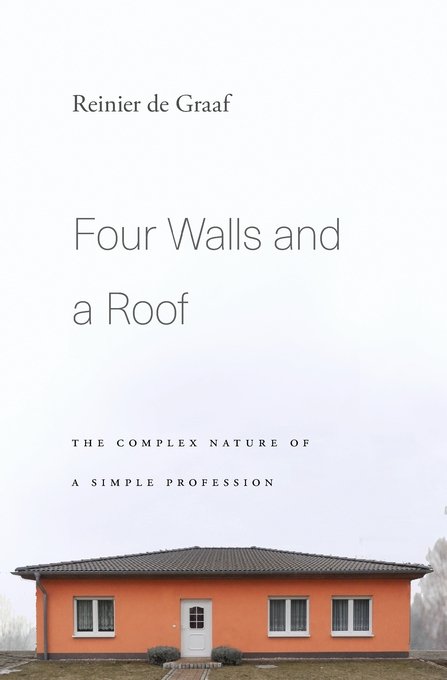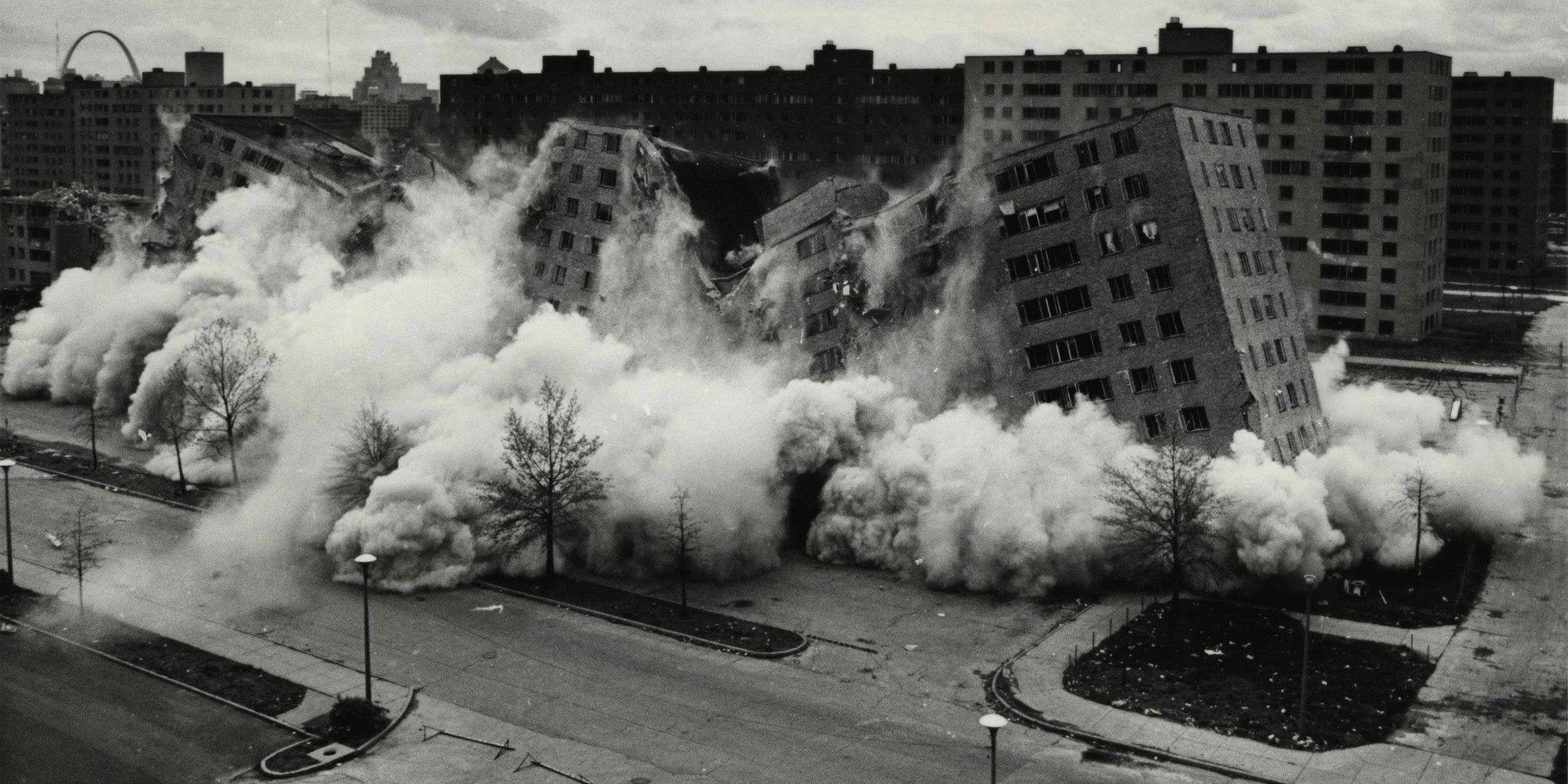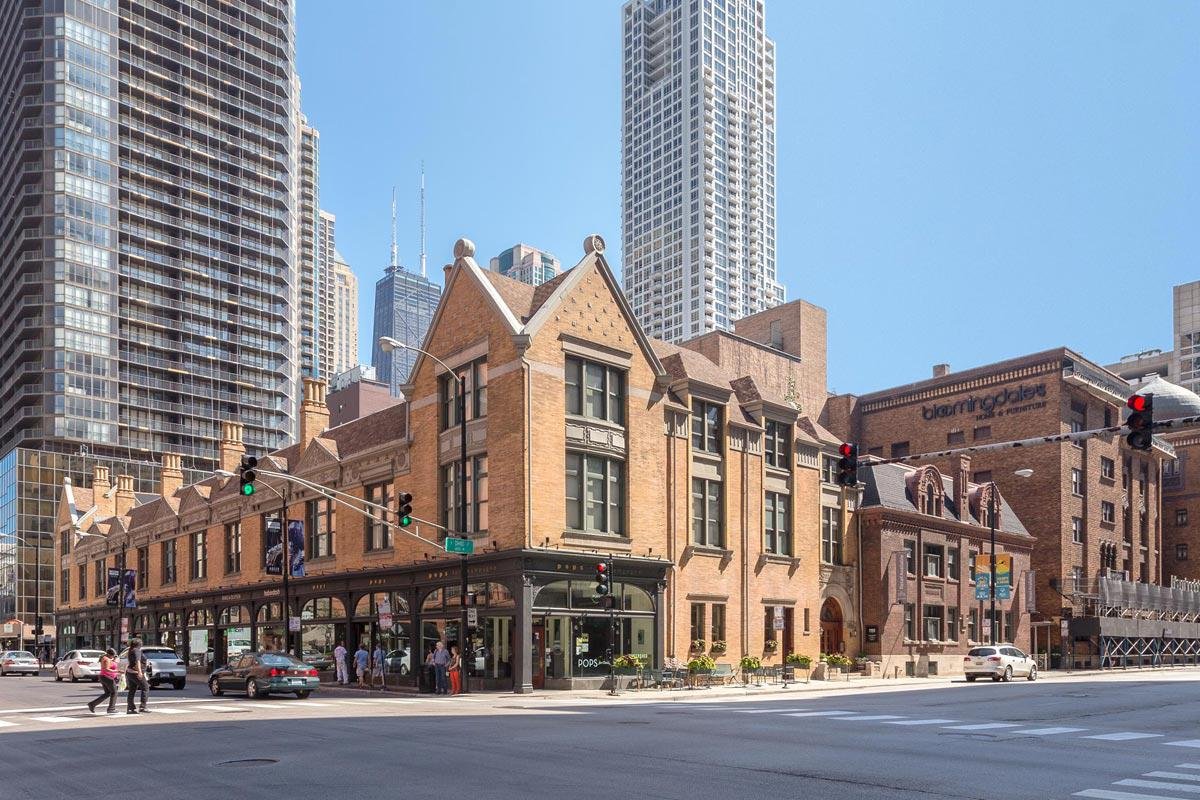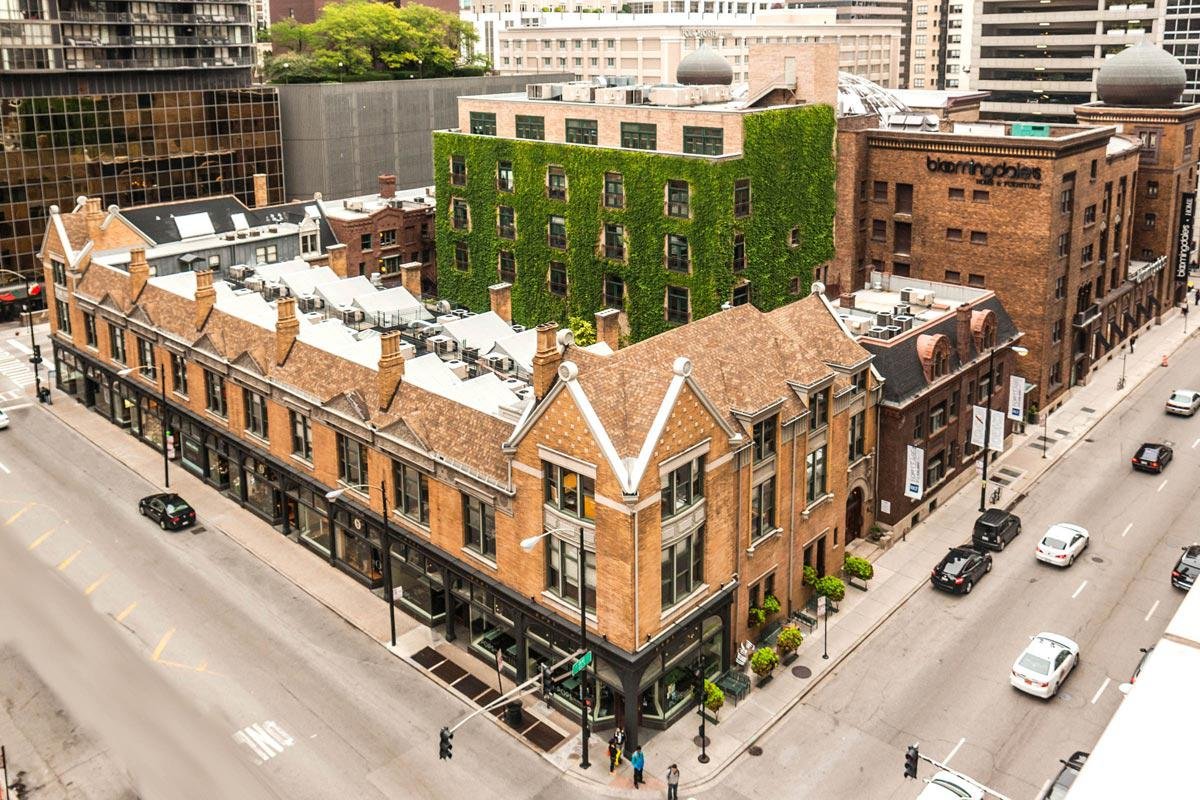I just came across the NPR Tiny Desk Concert with Fred again…, and wow it did not disappoint. I had limited prior knowledge of Fred again…, but I got swept in with a little clip of the acoustic performance. He’s a really talented producer for numerous pop artists, and he primarily writes his own electronic music. So, this acoustic, intimate setting was a change of pace from his usual performances.
And, it’s beautiful. It’s raw. It’s personal. What I especially love about it is the way he layers different tracks in real time, right before your eyes. He starts with a simple looped vocal, then adds some piano, then a little marimba, and finally throws in a set of beats. This layering creates a wonderful sound, and eventually, he reverses and starts stripping those layers away again.
After I left my trance of 26 minutes and 44 seconds, I began to consider how layering is such an important element in all types of art. For paintings, artists notoriously paint and repaint on top of their canvases. For fashion, designers continually play with the layering of different textiles. And for architecture, (you didn’t think I wouldn’t talk about architecture did you?) architects layer materials and systems. Let’s look a little closer at that.
Tile backsplash meets marble countertop, window glass meets aluminum frame, hardwood flooring over plywood sheathing meets hardwood baseboard, hardwood window trim meets painted drywall, framing meets concrete foundation, Materials are constantly layered within architecture. The overlap is seemingly less than the musical tracks of Fred again…, but the resulting collage remains the same.
Architects start with a conceptual idea, which then gets layered with more and more information throughout the design process. Quite literally you can layer pieces of trace paper while drawing. (That directly translates to the layer management of the digital model.)
In construction, mechanical systems are intertwined with structural, framing systems. Gypsum board covers the framing. The entire building gets wrapped in layers of sheathing, exterior insulation, and cladding. Trim goes over the gypsum board. I’m not going to describe an entire building, but you get the point. Building and designing is a layering of ideas and systems, and it’s fun to see it in a different context.


